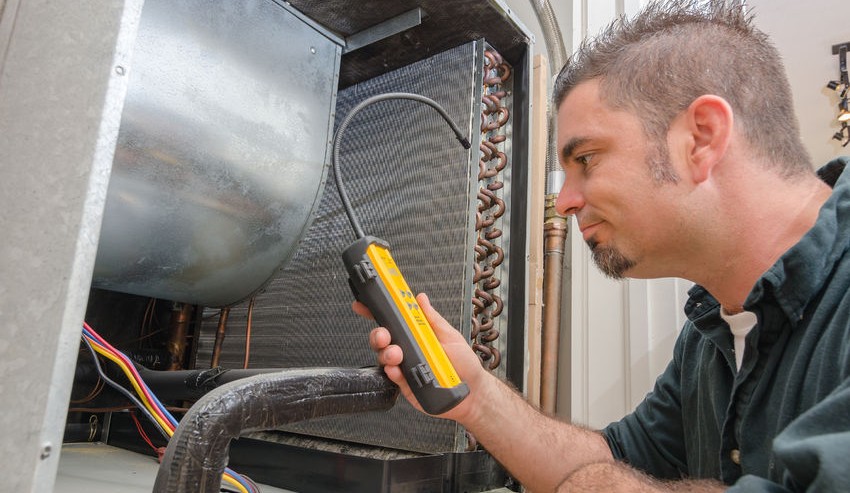How Do You Know if Your Air Conditioning Needs More Refrigerant?
There are many things that can go wrong with AC systems over time, one of which is that they simply stop circulating cool air. A common cause of this issue is a low or improper amount of refrigerant.
Identifying the problem takes a professional HVAC contractor using special tools, but there are ways for a homeowner to diagnose that low refrigerant could be the cause. Here are some of the ways to help narrow down whether your AC unit has low refrigerant:
Unit Blows Warm Air All the Time
Warm air coming out of your vents is usually a sure sign of low refrigerant levels. You may notice that the air feels heavier or more “moist” from the humidity levels becoming more noticeable as the cooling abilities are reduced. Low refrigerant is not the only possible cause of warm air, though, so you cannot rule out other problems like a faulty compressor or a clogged filter.
Home Takes Longer to Cool Down
Similar to the above symptom, an uncomfortable indoor temperature despite mildly cool air is an indication of low refrigerant. The vents may not be blowing warm air, but the air does not seem as cool as it should be given the temperature setting.
Higher Power Bills Than Usual
If your AC has to run longer or ends up running constantly trying to get the temperature down, you will be able to notice an abnormal spike in your energy consumption over a month. Since cooling costs are a significant portion of most home’s energy bills during the summer, low refrigerant levels could easily be the culprit, even if you cannot feel the difference.
Ice Forming Around Outdoor Unit
As refrigerant levels drop, the pressure in your lines does, too. The condenser coil, which normally vents all the heat from your home’s interior to the outside, is instead triggering a low pressure reaction that causes the temperature on that part of the unit to fall.
You will be able to notice that ice crystals have begun to form on your condenser (i.e. outdoor unit) after this happens. Make sure your filter is changed and that most of your interior vents are open to rule out other low pressure causes. If ice still seems to be present, you may need more refrigerant.
Water or Ice Forming Around Indoor Unit
Your indoor unit is the location for your AC system’s evaporator coil. The same problem that leads to icy outdoor unit could lead to ice or water buildup inside the home near your furnace.
Check Your Copper Lines at the Base of Your Outdoor Unit
When looking at your outdoor AC unit, you will notice two copper lines running into the base of the system. One line will have a larger pipe, usually with some form of insulation wrapped around it. You can physically touch this line to see if it is cold or if there is “sweat” or condensation forming on a hot day as a result of the temperature difference. This test is far from foolproof, but it helps rule out other problems.
NOTE: Be extremely careful moving around behind your unit and making contact while it is running! This test could be dangerous if care is not taken to avoid moving parts or live voltage. If you are not comfortable in this type of situation, do not use this test.
What to Do if You Suspect That Low Refrigerant is the Problem
Since refrigerant is tightly controlled by federal regulations, the average homeowner will be unable to recharge their system him or herself. Furthermore, if low refrigerant is indeed the problem, then you have a leak somewhere in your system. Refrigerant never “runs out” or gets low on its own. A licensed HVAC technician or contractor must come out to your house to identify the leak, repair it and recharge your system with refrigerant to the proper levels.
Are you in the market for servicing your heating and air conditioning system? Click here to get free custom quotes from reputable HVAC contractors. You’ll receive upfront pricing without having to invite a contractor to your home or even enter your contact information!
Related articles
How to Maintain Your Heating and Cooling System
The Most Efficient HVAC Systems & How They Can Save You Thousands





Comments
Comments are disabled for this post